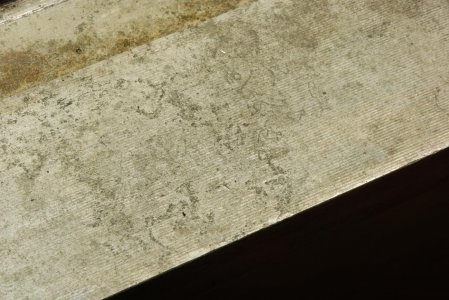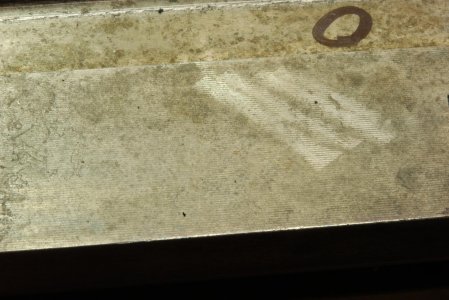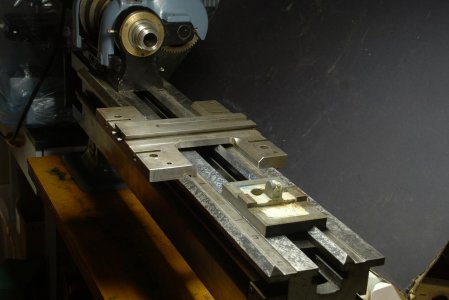The other place is the apron. If the apron was re-attached to the saddle after grinding without modification then the leadscrew and feed shaft will be pushed down. One solution is turcite or moglice to restore it to original position. Another option is removing material from the one of the mating faces between the two. Not sure yet which path I will take… trying not to think about it too hard and taking things one step at a time. Hopefully I’ll have the bed back any day no
This will be interesting. I have not direct experience but just interested in the process. I watched a few restoration type videos on turcite installation, bonding it on with their special epoxy & then scraping in. From what I could tell Googling its available in thickness from 0.5 - 5mm (.020 - 0.197"). So I guess if the bed was reduced by more than .020" you could be in the turcite range. But if it re-surfaced less than that, say 0.010", or scraped a surface, say 0.002" then maybe turcite would be more of a pita because you have to take the vast majority off to make up the gap and that precedes scraping it in. Maybe that lower gap domain is where Moglice comes in? Maybe it has some maximum thickness not sure. My mill has turcite & it is silky smooth.
When I examined the underside of my (Taiwan 14x40) saddle it was, uhhhm, underwhelming.
Someone had a bad day with a file, I mean my oil frosting pattern looks quite random haha. Made me wonder why it even runs as accurately as it does. In the back of my mind I was wondering about doing a Moglice job on it. Basically roughen it up (even more), get it set up & aligned on some permanent shims, apply the goop & let it cure. But I'm also not 100% clear if Moglice is meant to be a constantly running friction running surface like this vs. more of a fit-up or low movement surface. The other consideration is I would think the mating surface should be as shiny & perfect as possible so it releases properly & runs well. I wonder if scrape marks, even though the are very very shallow, might cause grief trying to pop the two surfaces apart even with the recommended mold release.



